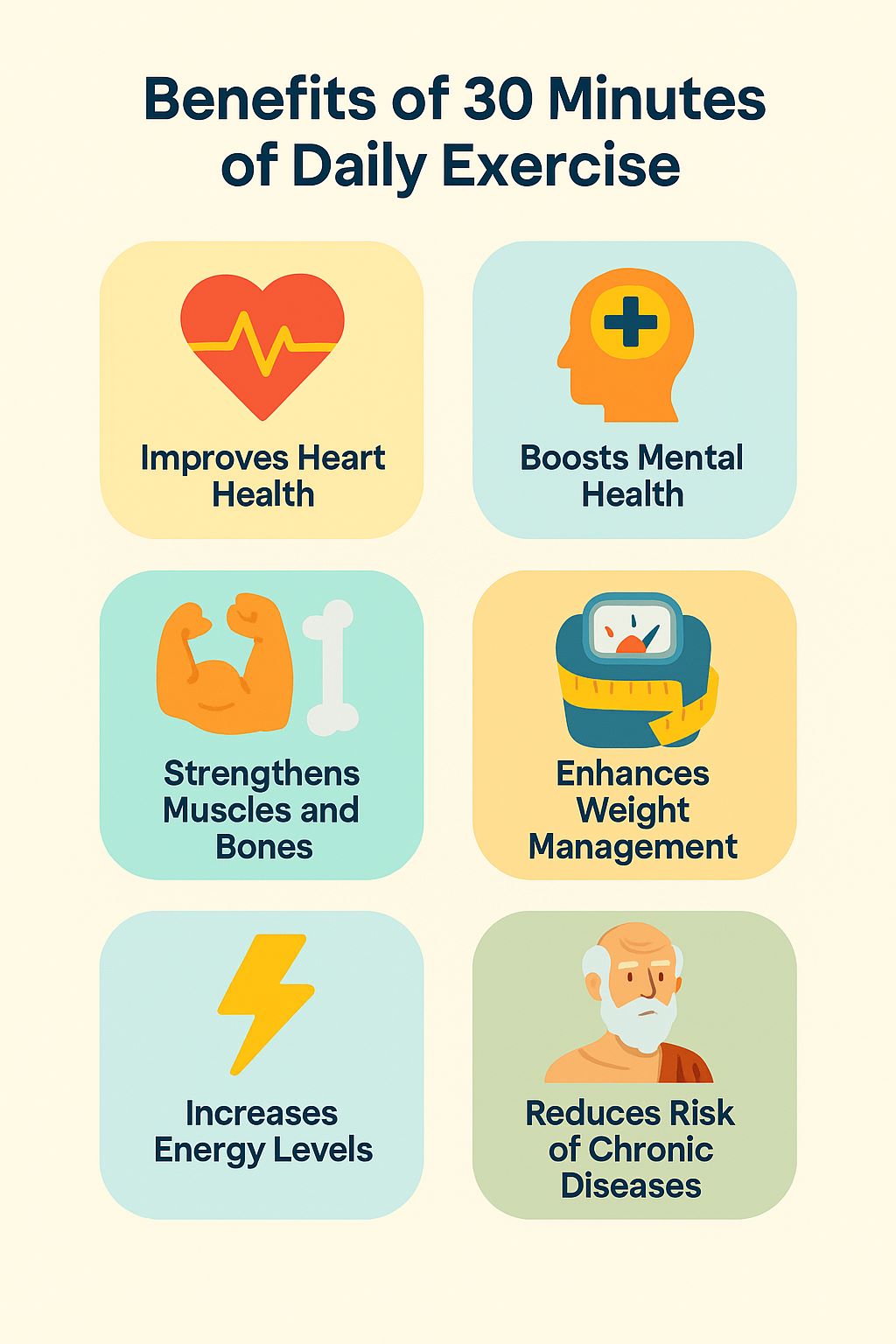
Strength training is often associated with bodybuilders, but in reality, it’s essential for everyone — regardless of age or fitness level. Resistance exercises like lifting weights, bodyweight training, or resistance band workouts bring lifelong health rewards. Aging naturally leads to loss of muscle mass, known as sarcopenia. According to the Mayo Clinic, strength training can significantly slow down muscle loss, preserve bone density, and boost metabolism (Mayo Clinic, 2020).
Research also shows that resistance training improves mental health, enhancing mood, reducing anxiety, and increasing cognitive function. A 2017 study from Harvard Medical School noted that older adults who engaged in regular strength exercises were 46% less likely to die of any cause over a 12-year period (Harvard Health, 2017).
Strength Training for Everyone: Essential for Health at Any Age
Strength training is often associated with bodybuilders, but in reality, it’s an essential practice for people of all ages and fitness levels. Resistance exercises like weightlifting, bodyweight training, and resistance band workouts offer significant, lifelong health benefits. Whether you’re in your 20s or in your 70s, incorporating strength training into your routine can make a world of difference for your overall health and longevity.
Why Strength Training Matters for Everyone
As we age, we naturally experience a loss of muscle mass, a condition known as sarcopenia. This loss typically starts around the age of 30 and accelerates as we get older. According to the Mayo Clinic, strength training can significantly slow down this process, helping to preserve muscle mass and bone density (Mayo Clinic, 2020). In fact, regular resistance training can also improve metabolic function, making it easier to maintain a healthy weight and prevent obesity-related diseases.
Additionally, strength training isn’t just beneficial for physical health; it has profound positive effects on mental well-being. Research has shown that engaging in resistance exercises can enhance mood, reduce anxiety, and even improve cognitive function. A study conducted by Harvard Medical School in 2017 revealed that older adults who participated in regular strength training were 46% less likely to die from any cause over a 12-year period (Harvard Health, 2017). This highlights how strength training can extend both quality and duration of life.
Historical Context: Strength Training Through the Ages
Strength training is not a modern concept. In ancient Persia, warriors known as “Pahlevans” practiced early forms of weightlifting and calisthenics to prepare for battle. These physical exercises weren’t just about building muscle; they were deeply tied to cultural values like honor, resilience, and self-discipline. The warriors believed that strength was not only essential for survival but also for maintaining personal dignity and respect within their community. This historical perspective reinforces the idea that strength training has always been a cornerstone of human development.
Key Benefits of Strength Training at Any Age
-
Increases Muscle Strength and Endurance
Regular strength training helps improve your ability to perform everyday tasks. This means greater strength for lifting groceries, climbing stairs, or simply carrying children. -
Improves Balance and Reduces Fall Risk
As we age, maintaining balance becomes more difficult, and falls can lead to serious injuries. Strength training improves muscle coordination and stability, which significantly reduces the risk of falls, especially in older adults. -
Enhances Joint Flexibility and Mobility
Resistance exercises can improve joint flexibility and mobility, making it easier to perform daily movements without discomfort. -
Boosts Metabolic Rate for Fat Loss
Strength training increases muscle mass, and since muscle tissue burns more calories than fat tissue, it helps speed up metabolism. This is beneficial not only for weight management but also for overall health. -
Protects Bone Health and Prevents Osteoporosis
Weight-bearing exercises such as squats and deadlifts help to maintain bone density, which is crucial in preventing osteoporosis — a condition where bones become fragile and prone to fractures.
How to Start Strength Training Safely
Getting started with strength training doesn’t require heavy equipment or complicated routines. Here’s how you can begin safely:
-
Start with Bodyweight Exercises
If you’re new to strength training, begin with basic bodyweight exercises like squats, push-ups, and lunges. These exercises help you build foundational strength and improve form. -
Focus on Proper Form Over Heavy Weights
While it’s tempting to increase weight quickly, mastering proper form is more important. Poor technique can lead to injury, especially when lifting heavier weights. -
Include Strength Training 2–3 Times Per Week
Aim for strength training sessions two to three times per week. This allows your muscles enough time to recover between workouts. -
Rest Muscle Groups for at Least 48 Hours Between Sessions
Recovery is key to building strength. Resting muscle groups for at least 48 hours gives them time to repair and grow stronger. -
Warm Up and Cool Down
Always include a proper warm-up and cool-down routine. A 5–10 minute warm-up before your workout can reduce injury risk, while cooling down helps with muscle recovery and flexibility.
Strength training is an indispensable part of a healthy lifestyle, benefiting not only physical health but also mental and emotional well-being. Regardless of age or fitness level, everyone can enjoy the transformative effects of resistance exercises. From maintaining muscle mass and bone density to improving balance and mood, the benefits of strength training are truly lifelong.
Remember, consistency is key. Start slow, focus on form, and gradually increase the intensity of your workouts. With time, you’ll see a stronger body and a more resilient mind — helping you live a longer, healthier, and more fulfilling life.









